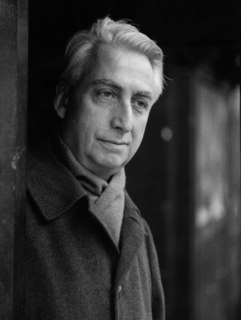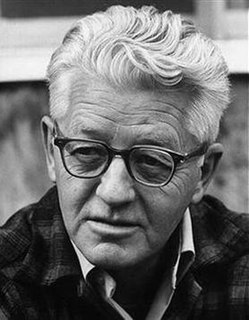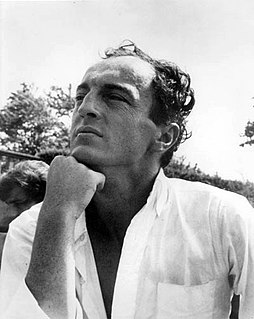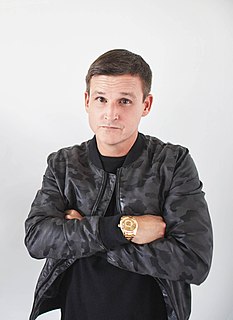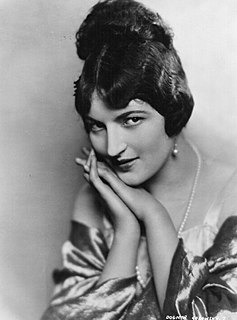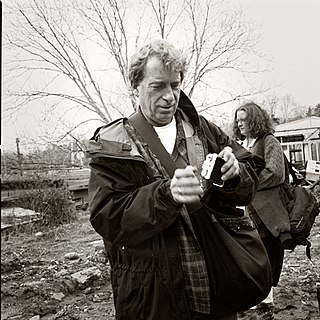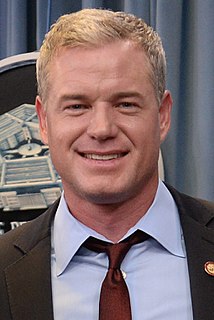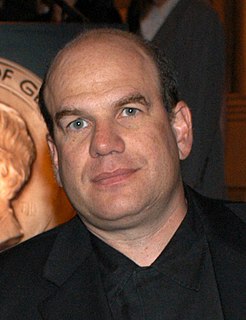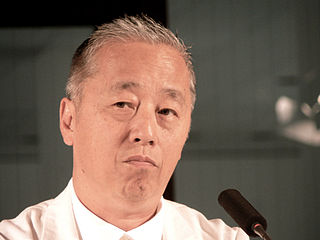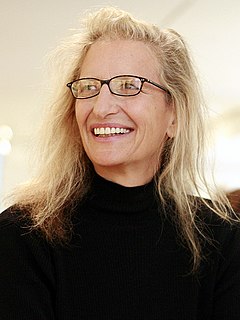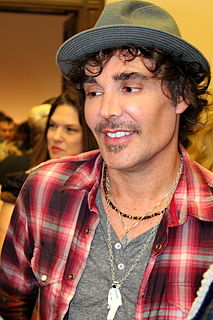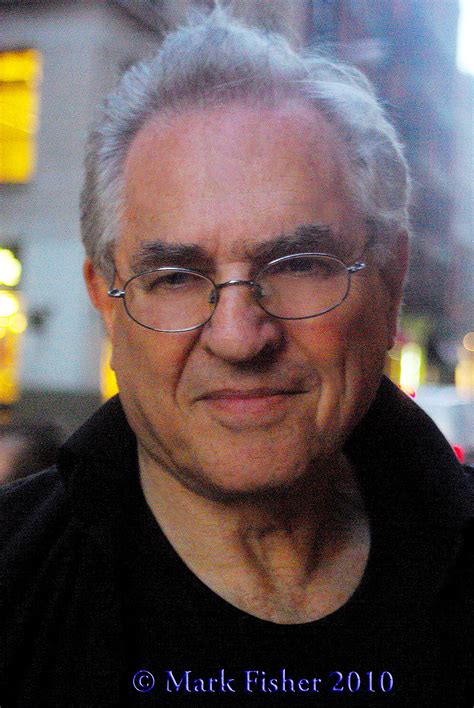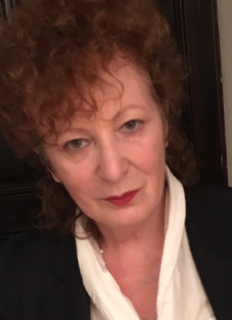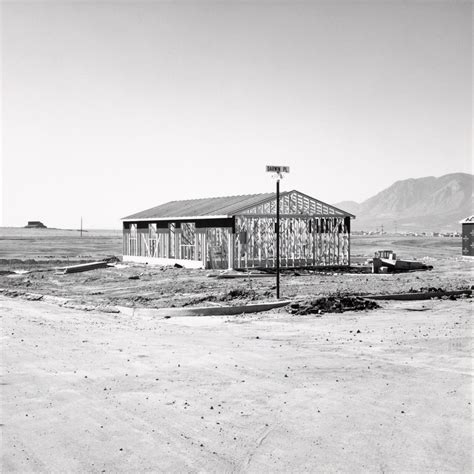A Quote by Sam Abell
'Woman on the Plaza,' with its distinct horizon, snow-like surfaces, wintry wall, stunning sunlight, sharp shadows, and hurrying figure, would become the most biographical of my photographs - an abstract image of the landscape and life of northern Ohio where I grew up and first practiced photography.
Related Quotes
Thin clouds form, and the shadows lengthen out. They have no breadth, as summer shadows have; there are no leaves on the trees or fat clouds in the sky to make them thick. They are gaunt, mean shadows that bite the ground like teeth. As the sun nears the horizon, its benevolent yellow begins to deepen, to become infected, until it glares an angry inflamed orange. It throws a variegated glow over the horizon.
I would like to start by emphasizing the importance of surfaces. It is at a surface where many of our most interesting and useful phenomena occur. We live for example on the surface of a planet. It is at a surface where the catalysis of chemical reactions occur. It is essentially at a surface of a plant that sunlight is converted to a sugar. In electronics, most if not all active circuit elements involve non-equilibrium phenomena occurring at surfaces. Much of biology is concerned with reactions at a surface.
[Photography] allows me to accede to an infra-knowledge; it supplies me with a collection of partial objects and can flatter a certain fetishism of mine: for this 'me' which like knowledge, which nourishes a kind of amorous preference for it. In the same way, I like certain biographical features which, in a writer's life, delight me as much as certain photographs; I have called these features 'biographemes'; Photography has the same relation to History that the biographeme has to biography.
... I was reminded of a remark of Willa Cather's, that you can't paint sunlight, you can only paint what it does with shadows on a wall. If you examine a life, as Socrates has been so tediously advising us to do for so many centuries, do you really examine a life, or do you examine the shadows it casts on other lives? Entity or relationships? Objective reality or the vanishing point of a multiple perspective exercise? Prism or the rainbows it refracts? And what if you're the wall? What if you never cast a shadow or rainbow of your own, but have only caught those cast by others?
If I am ever to find these trees meaningful I must have you by the hand. As it is, they stretch dusty fingers into an obscure sky, and the snow looks up like a face dirtied with tears. Should I cry out and see what happens? There could only be a stranger wandering in this landscape, cold, unfortunate, himself frozen fast in wintry eyes.
Humans have changed the landscape so much, but images of the sea could be shared with primordial people. I just project my imagination on to the viewer, even the first human being. I think first and then imagine some scenes. Then I go out and look for them. Or I re-create these images with my camera. I love photography because photography is the most believable medium. Painting can lie, but photography never lies: that is what people used to believe.




